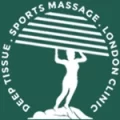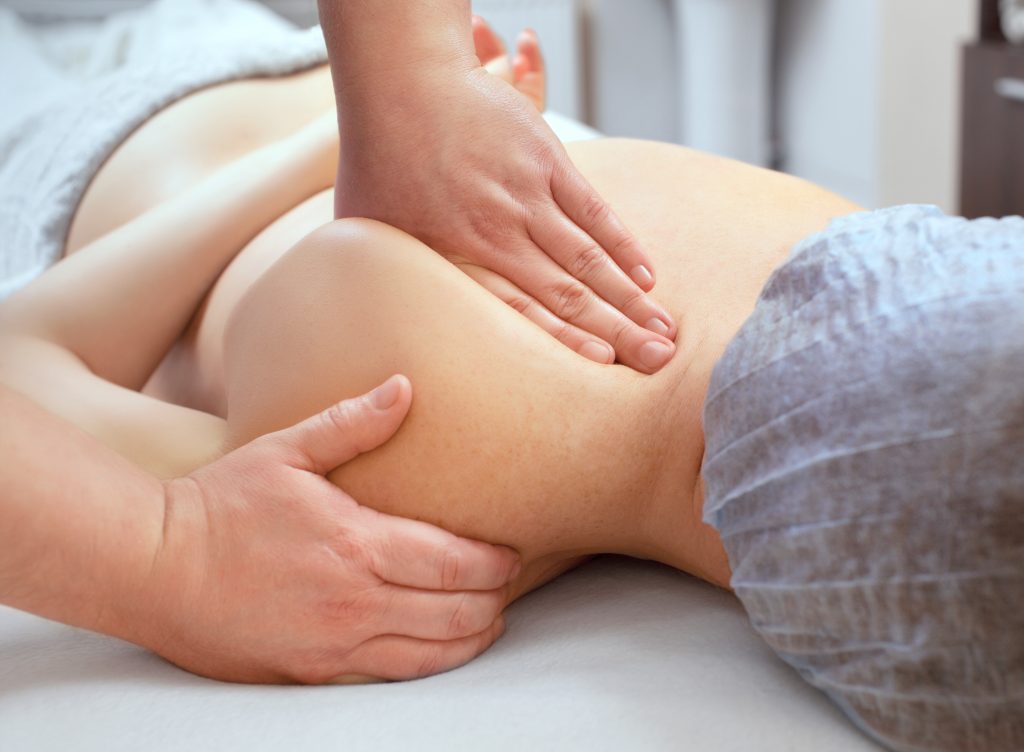Muscle knots, known as myofascial trigger points, are a common source of pain and dysfunction. Fascia is the superficial connective tissue layer that goes over the muscle.
Even a small injury to a muscle can cause swelling in the muscle bands and the layer of fascia above them. A myofascial trigger point is a swollen mass of tissue. The little bumps, which are usually painful to touch, can make it hard to move or hurt when you do certain things. Medical imaging scans can’t find muscle knots, and scientists are still trying to figure out what physiological processes in the muscle are causing this response.
Myofascial trigger points are usually caused by something new or very painful irritating a muscle repeatedly. For instance, you might have knots in the muscles that worked the hardest after a particularly hard workout. They may also show up if you add a new movement pattern to your regular training. You might want to add a couple of days of running to your usual weightlifting schedule. Running is a new exercise, so your calves may have knots because they’ve had to do a lot of new work.

You might have heard of muscle knots even if you don’t work out. For example, your upper back and shoulders may feel stiff if you spend all day hunched over a computer. The average person wouldn’t associate desk work with creativity. All day is bad, but staying in one place for a long time puts stress on your muscles. That is, the muscles get tight.
Researchers don’t know what the muscle is doing to cause pain because scans can’t find muscle knots. Some doctors think that the knotted area hurts because muscle spasms make it hard for blood to get to the area. Other doctors think that the pain comes from the nerves being stimulated by the spasms.
No matter what made it happen, a muscle knot hurts, and the pain can last for days or even weeks. Because of the pain, you might be unable to work or do the things you like.
Through a combination of firm pressure and slow strokes, our London Deep tissue massage can loosen painful “knots” and realign deeper layers of muscle. Our therapist will not only work on the muscles but also on the connective tissue.
How to Get Rid of Knots in Muscles?
Most of the time, you can treat a muscle knot at home if you have the time and patience.
These quick tips will help you ease pain and relax your muscles:
If you’ve been sitting in an uncomfortable position for a long time, getting up and moving around or doing some simple stretches can sometimes help to loosen up a muscle that has become tight. Stretching can also help stop knots from forming. Some portions of your body stiffen up often; talk to your doctor about stretches that will loosen up those muscles and make it less likely that knots will form. But it is not the permanent solution.

Alternating between ice and heat is an effective treatment for most aches and pains in the muscles and joints. After applying ice to the sore spot for a few minutes, move to a warm compress or heating pad to treat the discomfort. However, it does not appear to be a better option than London Deep Tissue Massage.
When you apply great pressure to a muscle during a deep tissue massage, the muscle may become more relaxed. Therapist locate the knot, and then pull as hard as possible on it. They repeat this process numerous times each day until the soreness in the muscle disappears.
It is beneficial to receive a massage from our London Deep tissue massage trained professional with a valid license. Explain to them the knot and why it is in that location. Your therapist will be able to do treatment on that muscle and identify any potential trigger points that may be present in the surrounding area.
It’s possible that the discomfort caused by a muscle knot won’t go away immediately. It’s possible that to permanently eliminate the issue, you’ll require multiple sessions of treatment, such as massage. Meanwhile, you should try to avoid whatever caused your muscle injury in the first place. If you have any questions related to deep tissue massage, contact us immediately.

